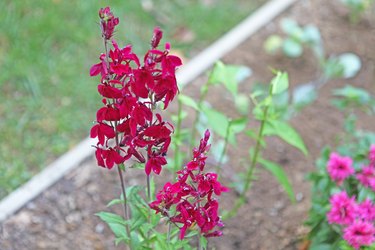
Autumn sage (Salvia greggii) livens late-season beds with its evergreen foliage and masses of dainty, tubular flowers. It grows in U.S. Department of Agriculture plant hardiness zones 7 through 11, where its drought tolerance and hardiness make it a smart addition to low-water gardens. Autumn sage needs little attention and will perform well despite neglect. It will look tidier and bloom better if pruned periodically throughout the year.
Why Prune?
Video of the Day
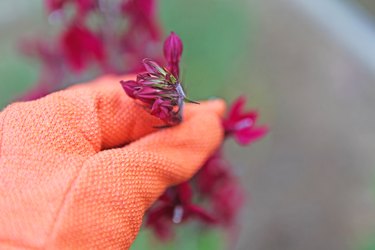
Autumn sage reaches a mature height of up to 4 feet with a 2-foot spread. Its open, vase-shaped growth habit leaves little to be desired, but it can take on a rangy or sparse appearance with age. Pruning will help encourage a more compact habit and denser, more lush foliage growth. If you want a tall, open shape you can simply prune out any dead stems or spent flower stalks to preserve the sprawling habit. Another benefit to pruning autumn sage is that it will prolong and enhance blooming, but it must be done faithfully during the blooming season to reap the full benefits.
Video of the Day
Timing Matters
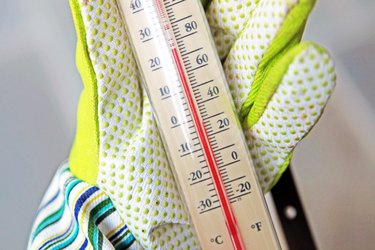
Timing is important when pruning autumn sage because it impacts blooming and how well the plant will survive the winter. Pruning or shearing to encourage compact growth should be done in early to midspring before any flower buds appear. Although shearing can be done each spring, it is best to do it every other year. To encourage a longer blooming season, snip off the spent flowers as they appear during the summer and fall. Prune away any dead or unsightly stalks whenever you see them. Pruning often encourages succulent new growth, so it is best to stop pruning in the middle of fall, before the first hard frost, so new growth has time to harden before cold weather sets it.
Tools and Preparation
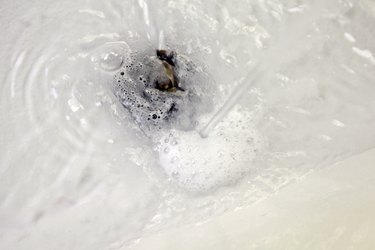
Pruning is often traumatic for autumn sage. Using properly maintained and sanitary tools will help ease the stress and prevent the transmission of diseases. Bypass-style shears work best because they make a clean cut without pinching or tearing the stem. The blades must be sharp and free from rust or old plant matter. Scrub the blades in hot, soapy water to remove any unwanted grime, then rinse them thoroughly and allow them to air dry. If they have been used on plants with known disease or pest issues, soak them in full-strength household disinfectant for five minutes, rinse and wipe dry before use.
Pruning Tips
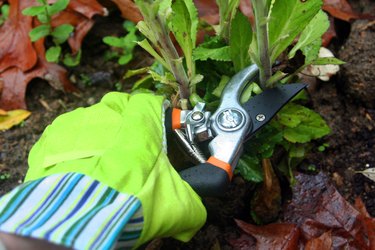
How you prune depends on what you're pruning. Deadheading, or removing spent flowers to prolong blooming, is precise and involves snipping off individual flower stalks from the autumn sage plant without nicking or damaging the surrounding stems. Shearing to promote dense growth and bushier foliage requires removing one-half to one-third of the growth from the entire plant. When pruning, hold the shears parallel to the ground so the cut is straight across and not angled; angled cuts expose a larger portion of the stem interior and take longer to heal. Disease-free pruned stems can be added to compost, but those with signs of disease should be discarded in a garden waste can.
- Floridata: Salvia Greggii
- Arizona State University Virtual Library of Phoenix Landscape Plants: Salvia Greggii
- Lady Bird Johnson Wildflower Center: Salvia Greggii
- North Carolina State University Cooperative Extension Service: Pruning Basics
- University of Florida IFAS Extension: Disinfecting Pruning Shears